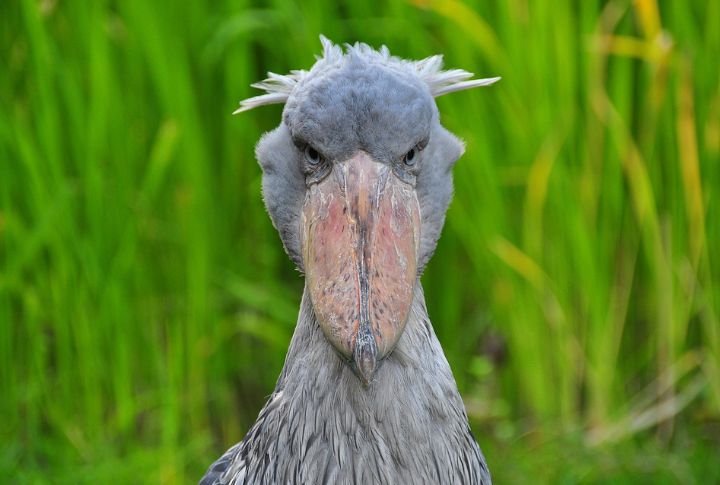
Some animals don’t just survive—they rewrite the rules. You think you’ve seen everything, then nature tosses out something that feels straight out of a special effects department. These aren’t make-believe. They’re real, living creatures with features that challenge how we think the animal kingdom works. Here’s a closer look at some of the strangest standouts on Earth.
Axolotl (Ambystoma mexicanum)
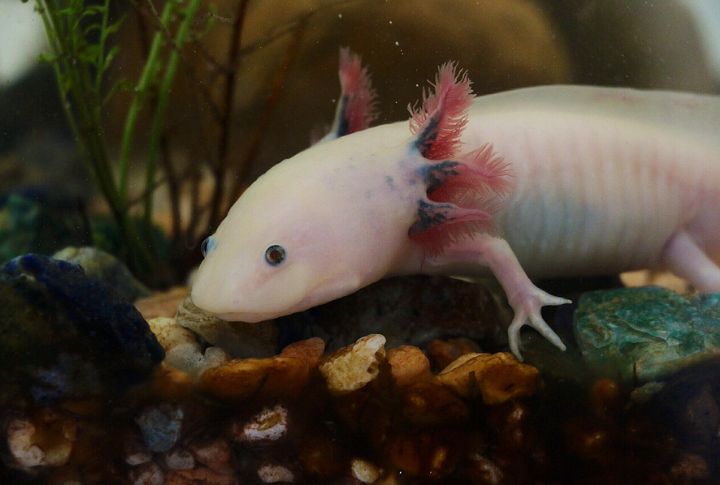
The axolotl is a unique amphibian native to lakes in Mexico. Unlike most salamanders, it remains in its larval form throughout its life, a phenomenon called neoteny. This gives it an otherworldly appearance, with feathery external gills and a wide, smiling face. Axolotls can regenerate entire limbs, parts of their heart, and brain tissue.
Pangolin (Pholidota spp.)
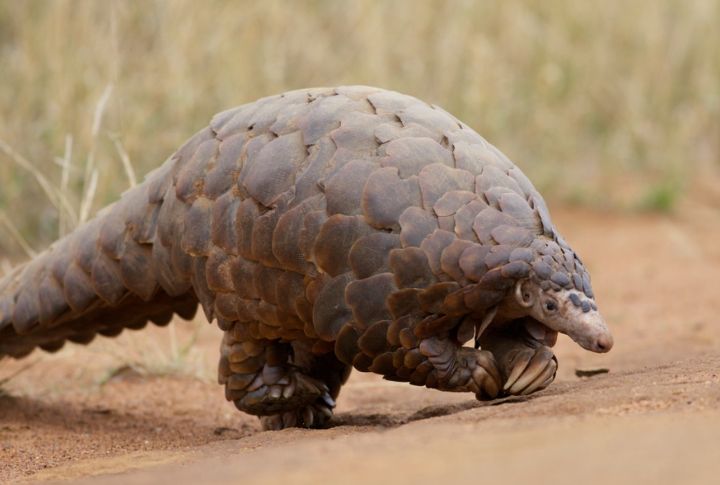
Often mistaken for a reptile, the pangolin is a scaly mammal native to Africa and Asia. Its body is covered in overlapping keratin scales, which protect it from predators. When threatened, it rolls into a tight, nearly impenetrable ball. Pangolins have long, sticky tongues, sometimes longer than their bodies, which they use to lick up ants.
Dumbo Octopus (Grimpoteuthis spp.)

This deep-sea creature is named after Disney’s flying elephant due to its ear-like fins that resemble floppy ears. The dumbo octopus lives at depths of up to 13,000 feet, making them one of the deepest-dwelling octopuses. Unlike most octopuses, dumbo octopuses do not have an ink sac because they face fewer predators.
Saiga Antelope (Saiga tatarica)
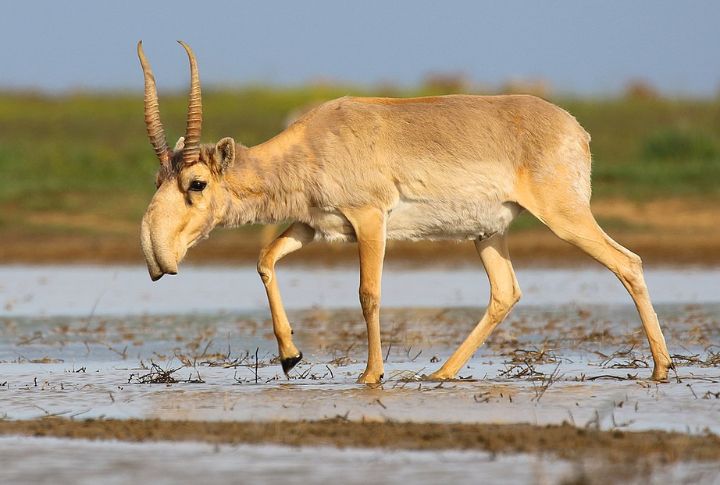
The saiga antelope is recognizable due to its bulbous nose. Found in Central Asia, this species uses its unusual nose to filter dust and warm the cold air it breathes. Saigas migrate across vast distances in search of fresh grazing land. Despite their endurance, their numbers have dwindled due to climate change and poaching.
Shoebill Stork (Balaeniceps rex)
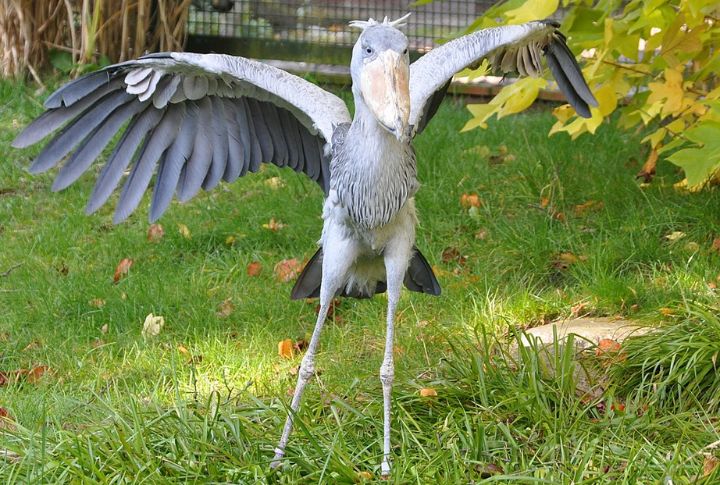
Found in the swamps of Central Africa, the shoebill stork has an enormous, shoe-shaped bill that gives it an intimidating yet fascinating appearance. This solitary bird stands up to five feet tall and is known for its eerie stillness. It often remains motionless for hours while stalking prey, such as frogs and baby crocodiles.
Narwhal (Monodon monoceros)
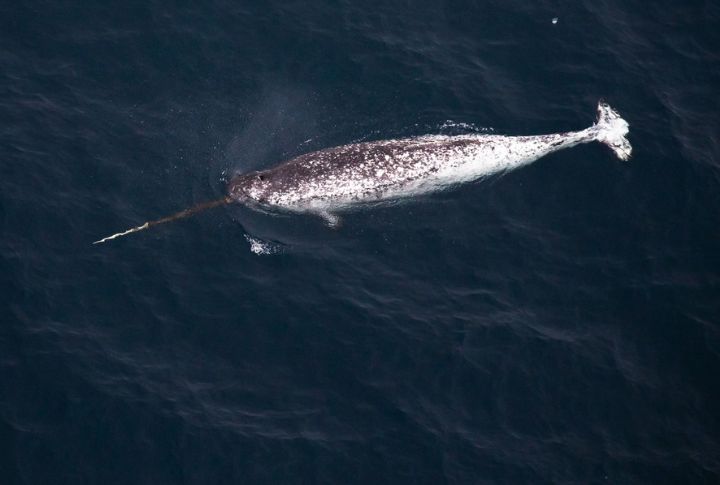
The Arctic whale, known as the narwhal, is famous for its spiraled tusk, which is often mistaken for a unicorn’s horn. In reality, this tusk is an elongated tooth that can grow up to 10 feet long and is packed with nerve endings. Narwhals use their tusks to sense changes in the water, but some males also engage in tusking duels, using them to compete for dominance
Aye-Aye (Daubentonia madagascariensis)
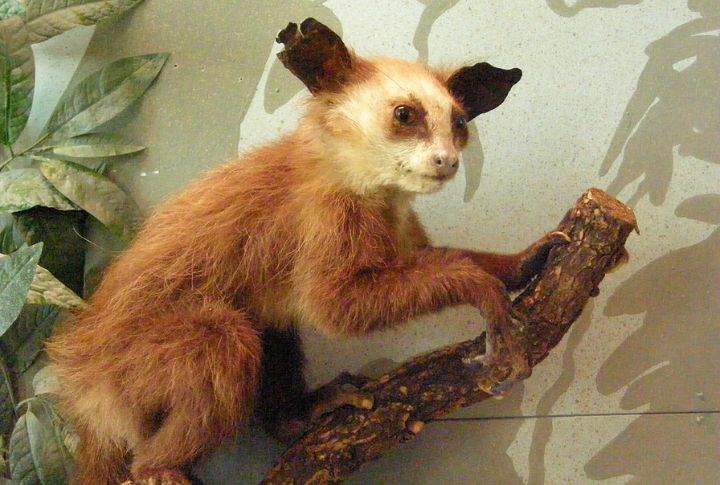
Madagascar is home to the aye-aye, a nocturnal primate with an unsettling appearance. It has large, round eyes, oversized ears, and an elongated middle finger, which it uses to tap on tree bark to locate insects. Once it detects movement under the bark, it gnaws a hole with its rodent-like teeth and extracts the prey.
Gerenuk (Litocranius walleri)

Unlike most gazelles, gerenuks often stand on their hind legs to browse from trees, giving them an unusual, almost surreal posture. They have expressive eyes, pointed ears, and giraffe-like necks. Gerenuks can go their entire lives without drinking water, their only water source being the plants they eat.
Maned Wolf (Chrysocyon brachyurus)

The maned wolf is a fascinating canid native to South America, recognized for its long, stilt-like legs and reddish fur. Despite its name, it’s not closely related to wolves or foxes but belongs to its own unique genus. Interestingly, the maned wolf has an omnivorous diet and often eats fruit, making it a bit of an oddity in the canid world.
Yeti Crab (Kiwa hirsuta)

Discovered in the Pacific Ocean near hydrothermal vents, the yeti crab is an unusual deep-sea crustacean covered in silky, hair-like filaments. These “hairs” are colonies of bacteria that may help detoxify the harsh chemicals emitted by the vents. Though blind, the yeti crab can navigate its environment through touch and chemosensation.
Okapi (Okapia johnstoni)
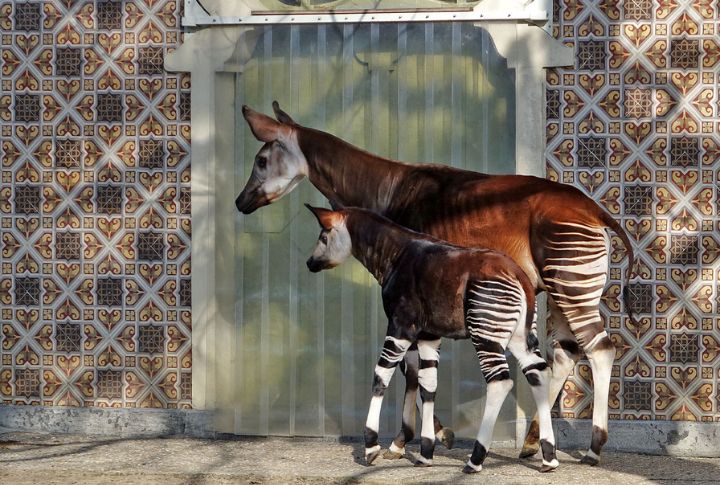
Often called the “forest giraffe,” the okapi is a rare mammal endemic to the Democratic Republic of the Congo. Its striking appearance features a body resembling a deer, the head of a giraffe, and zebra-like stripes on its legs. Okapis are shy and elusive, making them one of the least-studied large mammals in Africa.
Star-Nosed Mole (Condylura cristata)
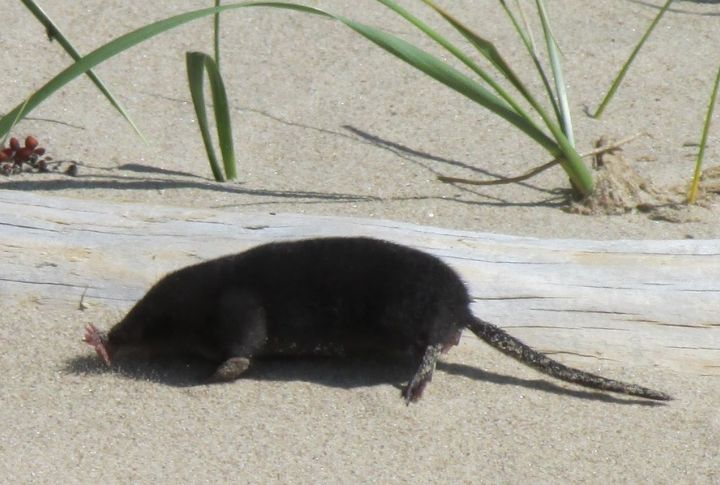
North America is home to the star-nosed mole, a subterranean mammal known for its tentacle-like nose. Its nose contains 22 pink appendages covered in more than 25,000 touch receptors. The tentacles are used to identify food in under 0.25 seconds. These moles are one of the few mammals that can smell underwater.
Blue Dragon (Glaucus atlanticus)
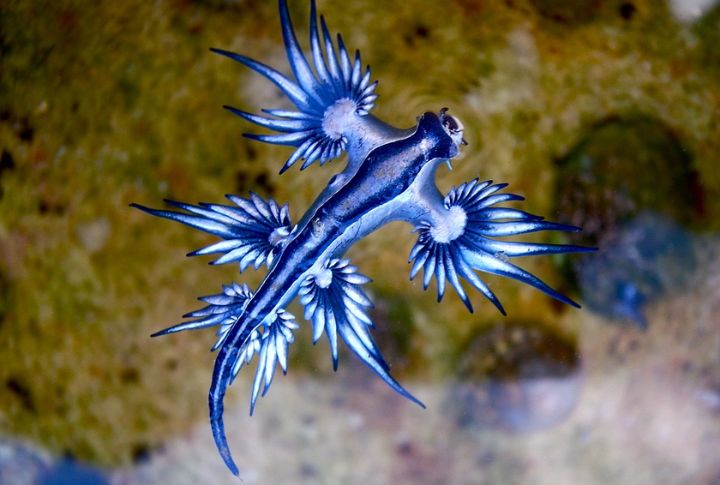
Blue dragons are small yet striking sea slugs that float upside down on the ocean’s surface. Their shimmering blue and silver hues help them blend seamlessly with the water, offering protection from predators. Plus, they are fierce hunters, preying on venomous Portuguese man o’ wars with surprising skill.
Fossa (Cryptoprocta ferox)
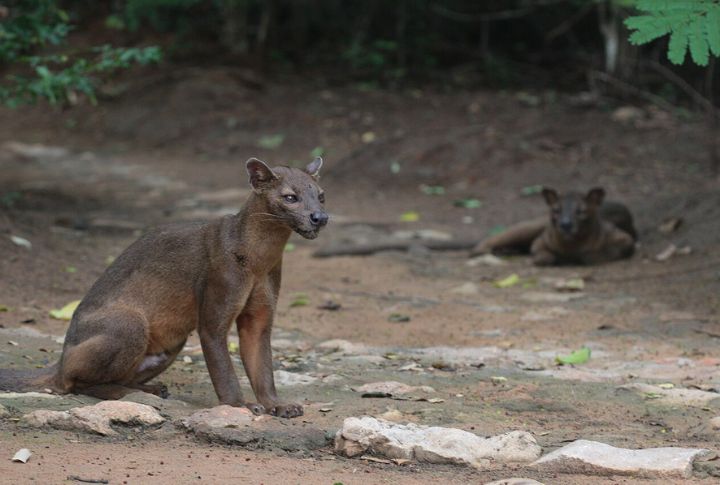
Madagascar’s top predator, the Fossa, resembles a cross between a cat, a mongoose, and a dog. Despite its feline appearance, it is more closely related to mongooses and civets. Fossas are agile climbers, using their long tails for balance as they climb. Their semi-retractable claws and flexible ankles allow them to descend trees headfirst.
Fangtooth Fish (Anoplogaster cornuta)
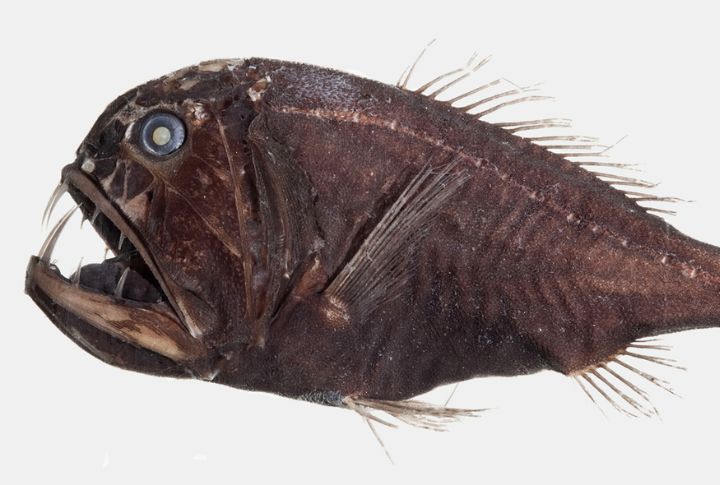
This deep-sea predator has one of the most menacing appearances in the ocean. Its disproportionately large, needle-like teeth are so long that it has special sockets in its skull to accommodate them. The fangtooth is relatively small, usually growing only 6 inches. It has evolved to consume anything it can fit into its mouth.
Giant Isopod (Bathynomus giganteus)
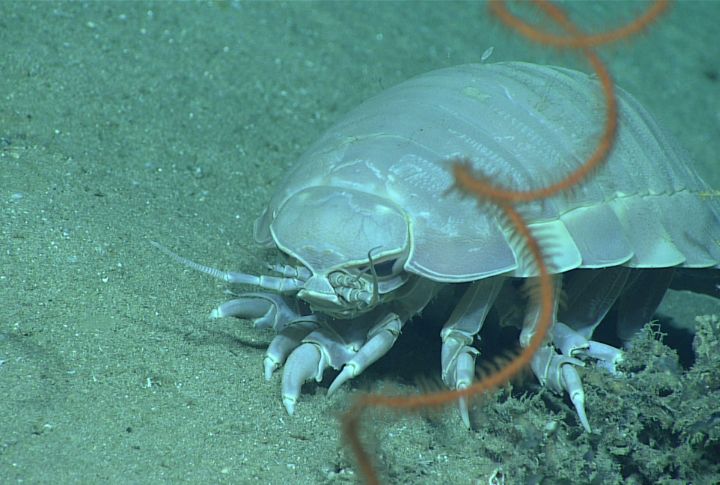
To find this crustacean, one has to dive to a depth of 500 to 7000 feet underwater. The Giant Isopod resembles enormous, armored pill bugs and can grow over a foot long. It survives on scraps of decaying marine life that fall to the ocean floor. The isopod’s segmented, armored bodies protect it from predators.
Japanese Spider Crab (Macrocheira kaempferi)
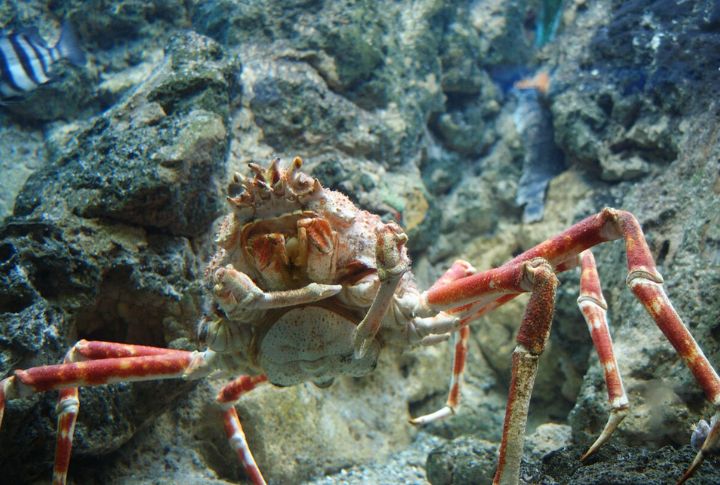
The record for the largest and longest-living arthropod goes to the Japanese spider crab. These deep-sea crustaceans inhabit the waters off the coast of Japan, where they scavenge the ocean floor for food. Despite their monstrous size, they are relatively gentle creatures, feeding on dead animals and plant material.
Satanic Leaf-Tailed Gecko (Uroplatus phantasticus)
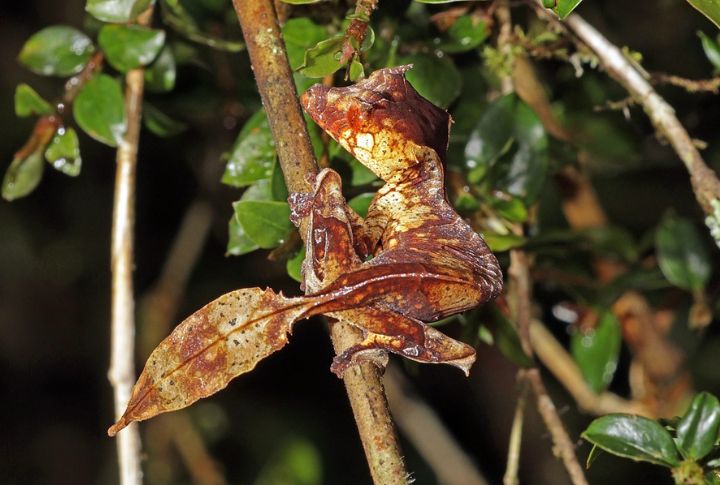
Some animals, like the satanic leaf-tailed gecko, are masters of disguise. Commonly seen in Madagascar, this small reptile can blend perfectly with dead leaves. Its body shape, color, and even the jagged edges of its tail mimic a dried leaf. When threatened, it lies flat against the tree bark and remains motionless.
Goblin Shark (Mitsukurina owstoni)
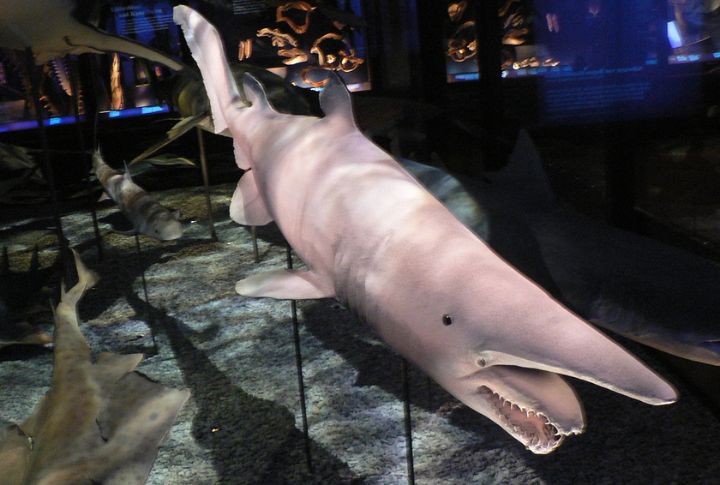
The goblin shark features an elongated snout and protruding, needle-like teeth. It is a deep-sea species rarely seen by humans, often dwelling at depths of over 3,000 feet. Goblin sharks have an extendable jaw that shoots forward like a slingshot to capture prey. Their skin has a pinkish hue due to visible blood vessels.
Lowland Streaked Tenrec (Hemicentetes semispinosus)
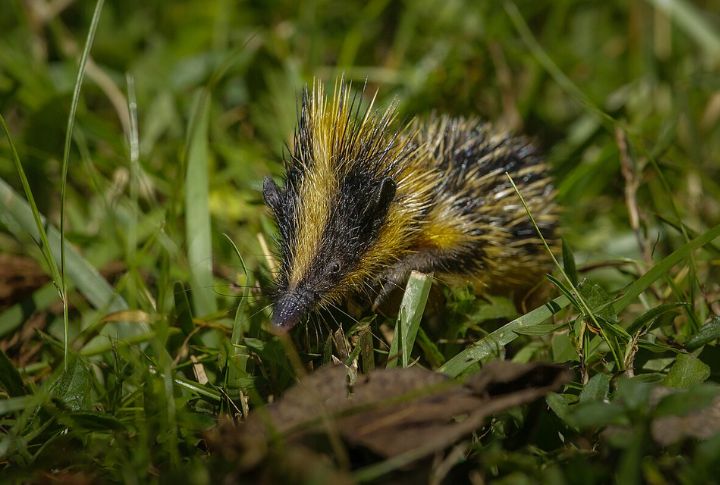
Native to Madagascar, the lowland streaked tenrec is a tiny, spiky mammal that looks like a cross between a hedgehog and a shrew. Yet, its quills are used for communication, making it the only mammal known to communicate this way. Tenrecs have poor eyesight but compensate for this with keen hearing and smell.

